
Copernical Team
Virginia Tech leads multi-institution research on polymeric solid fuel combustion
 Fascination surrounding spaceflight and rockets is at an all-time high. Sites near launchpads draw crowds of spectators, eager to witness the flash of fire and feel the vibrations as the rumble of the motor becomes a roar. People, squinting and craning their necks to watch the rocket hurtle out of sight, aren't likely thinking about the science behind the propulsion that makes it all possible.
Fascination surrounding spaceflight and rockets is at an all-time high. Sites near launchpads draw crowds of spectators, eager to witness the flash of fire and feel the vibrations as the rumble of the motor becomes a roar. People, squinting and craning their necks to watch the rocket hurtle out of sight, aren't likely thinking about the science behind the propulsion that makes it all possible. Four teams win prizes to advance energy technology for moon missions
 NASA has selected four teams to advance to the final level of the agency's Watts on the Moon Challenge, which seeks solutions to transmit and store energy on the lunar surface.
NASA is working to establish a permanent human presence on the Moon and beyond. The next major step in this effort will be Artemis II, the first crewed test flight to the Moon since the Apollo program. Long-term exp
NASA has selected four teams to advance to the final level of the agency's Watts on the Moon Challenge, which seeks solutions to transmit and store energy on the lunar surface.
NASA is working to establish a permanent human presence on the Moon and beyond. The next major step in this effort will be Artemis II, the first crewed test flight to the Moon since the Apollo program. Long-term exp AST SpaceMobile and Maritime Launch Services Boost Capital with Stock Offerings
 In a week of significant fundraising for space companies, AST SpaceMobile, Inc. and Maritime Launch Services Inc. have separately announced capital raising ventures.
AST SpaceMobile, Inc. (NASDAQ: ASTS) disclosed the pricing and upsizing of its previously announced public offering of Class A common stock, par value $0.0001 per share. The company plans to sell 12,500,000 shares of Class A
In a week of significant fundraising for space companies, AST SpaceMobile, Inc. and Maritime Launch Services Inc. have separately announced capital raising ventures.
AST SpaceMobile, Inc. (NASDAQ: ASTS) disclosed the pricing and upsizing of its previously announced public offering of Class A common stock, par value $0.0001 per share. The company plans to sell 12,500,000 shares of Class A Spacesuit design: João Montenegro
 Image:
Spacesuit design: João Montenegro
Image:
Spacesuit design: João Montenegro Fixes needed before first Vulcan Centaur launch
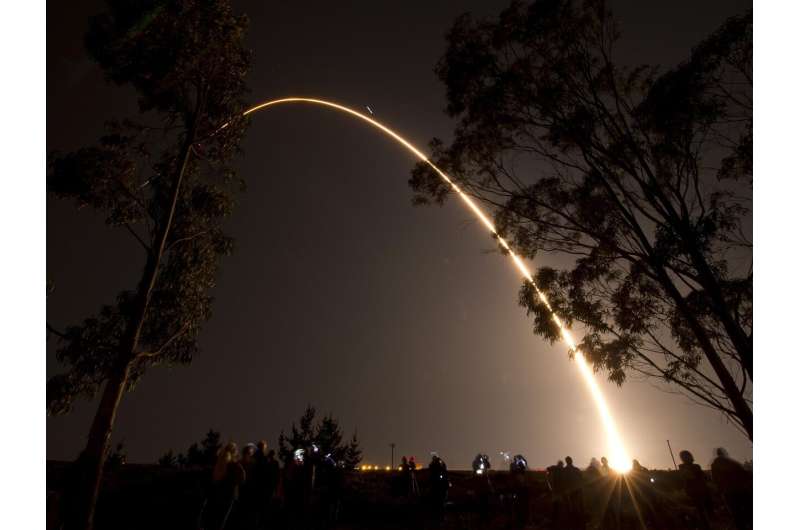
There's still work to be done, but United Launch Alliance has announced a path forward to finally get its new Vulcan Centaur rocket to its first launch.
The company sent an update Saturday announcing it had figured out what went wrong, and what needs fixing at its Alabama test facility that resulted in a fireball that damaged a test article of the Centaur V upper stage this spring.
"Centaur's thin-walled pressure stabilized tanks require minor reinforcement at the top of the forward dome prior to flight," the company stated in a press release.
That means the Centaur currently mated to the Vulcan first stage at Cape Canaveral Space Force Station that is tapped to fly on that rocket's first mission has to head back to Alabama to get that reinforcement.
The first and second stages recently completed a Flight Readiness Firing test at Canaveral's Space Launch Complex 41, and ULA said results of that hot fire hit all of the test objectives.
But now teams will de-stack the combined rocket and send Centaur V to ULA's Decatur, Alabama facility for the fix while the first-stage booster will be stored at ULA's Horizontal Integration Facility at Canaveral waiting for its return.
Germany is building a tiny rover that will roam the surface of Phobos
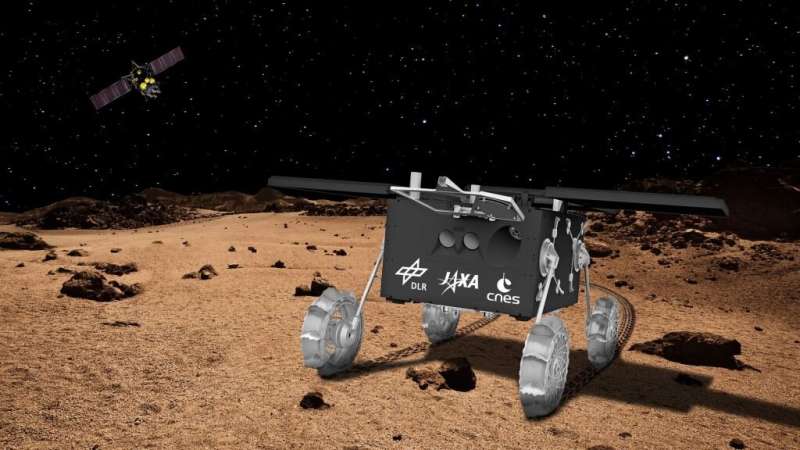
At this very moment, eleven robotic missions are operating in orbit or on the surface of Mars, more than at any point during the past 60 years. These include the many orbiters surveying the red planet from orbit, the handful of landers and rovers, and one helicopter (Ingenuity) studying the surface.
In the coming years, many more are expected, reflecting the growing number of nations participating in the exploration process. Once there, they will join in the ongoing search for clues about the planet's formation, evolution, and possible evidence that life once existed there.
However, there's also the mystery concerning the origin of Phobos and Deimos, Mars' two satellites. While scientists have long suspected that these two moons began as asteroids kicked from the Main Belt that were captured by Mars' gravity, there is no scientific consensus on this point.
NASA's Roman and ESA's Euclid will team up to investigate dark energy
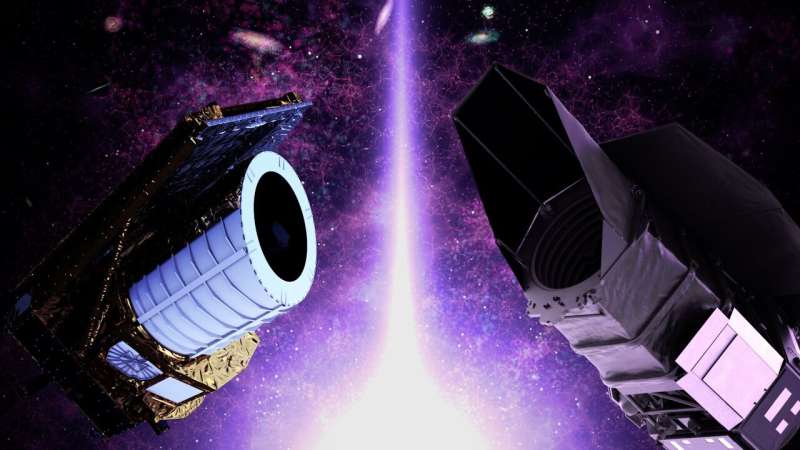
A new space telescope named Euclid, an ESA (European Space Agency) mission with important contributions from NASA, is set to launch in July to explore why the universe's expansion is speeding up. Scientists call the unknown cause of this cosmic acceleration "dark energy." By May 2027, NASA's Nancy Grace Roman Space Telescope will join Euclid to explore this puzzle in ways that have never been possible before.
"Twenty-five years after its discovery, the universe's accelerated expansion remains one of the most pressing mysteries in astrophysics," said Jason Rhodes, a senior research scientist at NASA's Jet Propulsion Laboratory in Southern California. Rhodes is a deputy project scientist for Roman and the U.S. science lead for Euclid. "With these upcoming telescopes, we will measure dark energy in different ways and with far more precision than previously achievable, opening up a new era of exploration into this mystery.
Spain delays rocket launch until Sept over wildfire risk
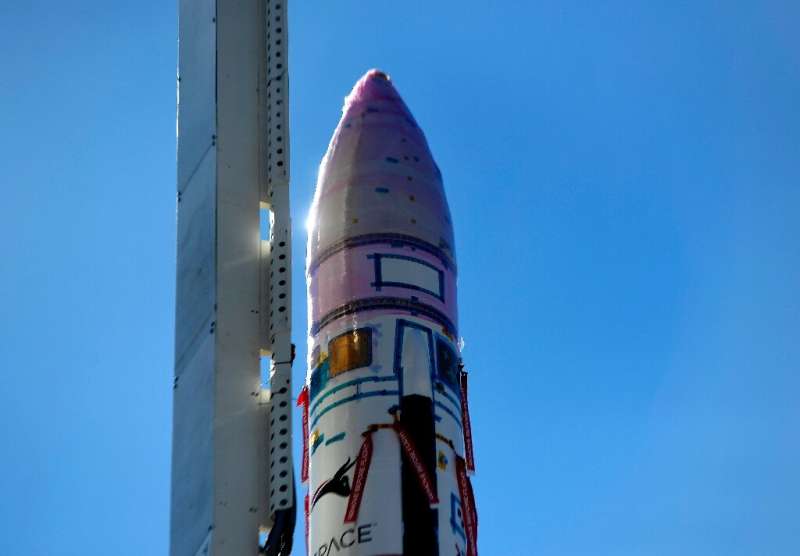
The maiden flight of Spain's Miura 1 rocket, twice suspended in recent weeks, has now been delayed until September over fears its launch could start a wildfire, its developer said Tuesday.
Built by private Spanish startup PLD Space, the rocket had initially been scheduled for take-off from El Arenosillo, a coastal military base in the southwestern province of Huelva, on May 31, but was called off due to high winds.
It was then aborted for a second time on June 17 due to a last-minute technical problem.
After talks with the National Institute for Aerospace Technology (INTA), "PLD Space.
Spacesuit design: Oussama Guarraz
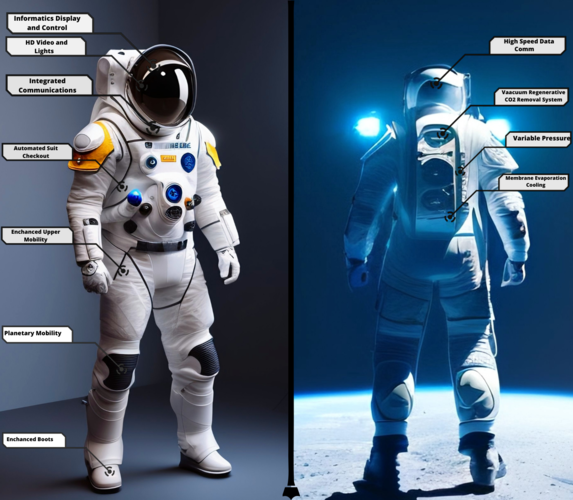 Image:
Spacesuit design: Oussama Guarraz
Image:
Spacesuit design: Oussama Guarraz 
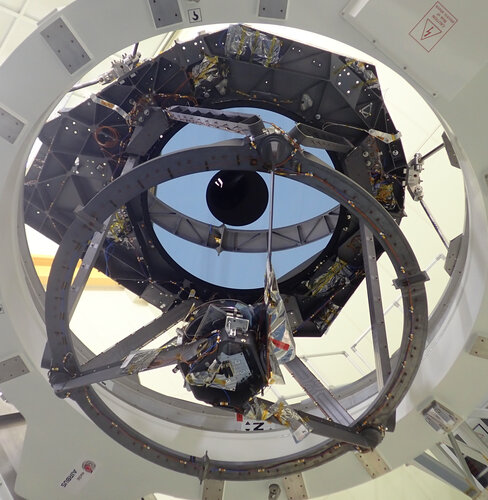 Image:
Eye of Euclid
Image:
Eye of Euclid